
MIT has been a hotbed for 3D-printing innovation since professors Emanuel Sachs and Michael Cima began developing one of the first practical 3D printers in the late 1980s. Chuck Hull had pioneered stereo-lithography in the mid-’80s, and others had invented processes to 3D-print plastics using lasers; the MIT technique was based on ink-jet printing technology and has been adapted to a wide variety of materials, including metals and ceramics. 3D printing is now a $7 billion industry—and it’s expected to grow by 27% annually through 2023.
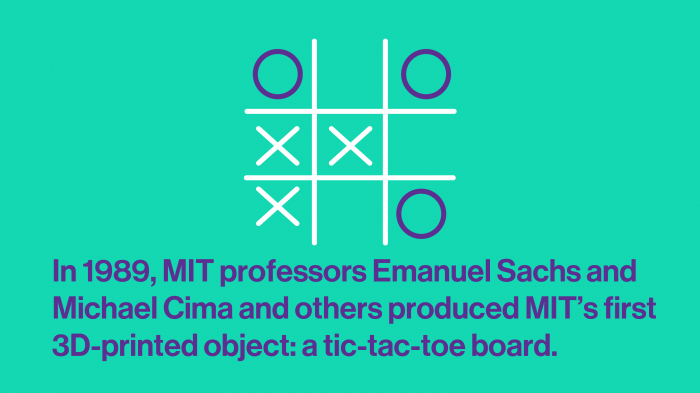
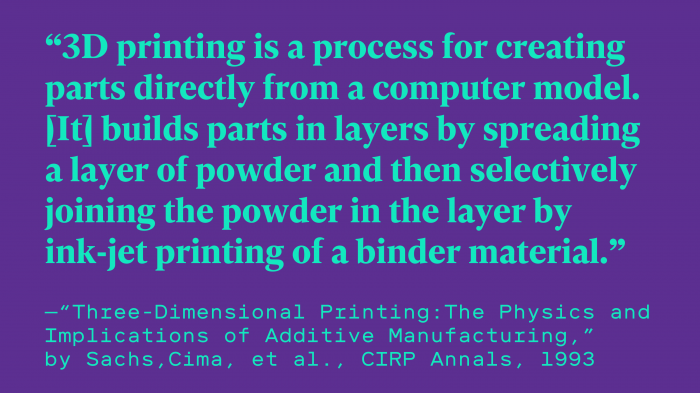
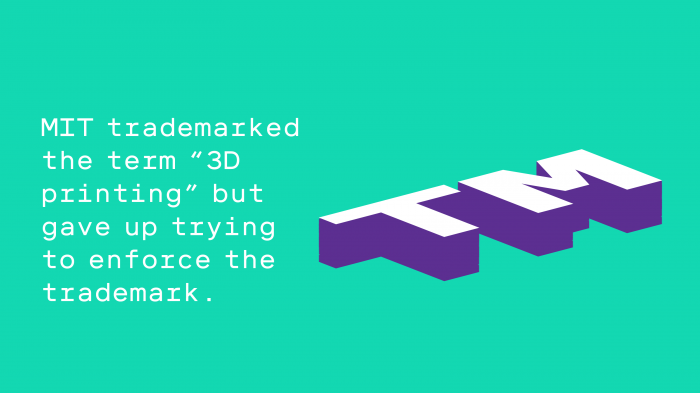
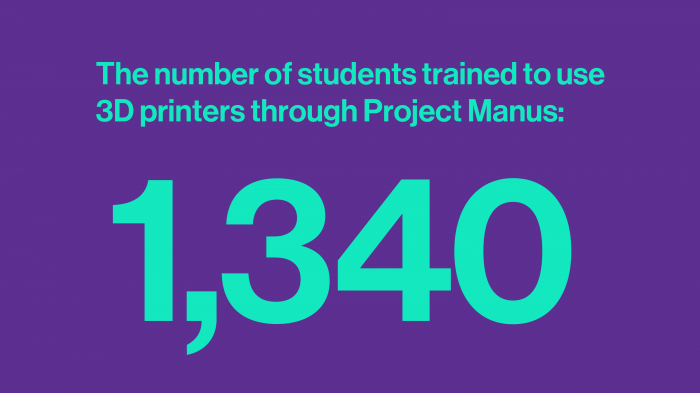
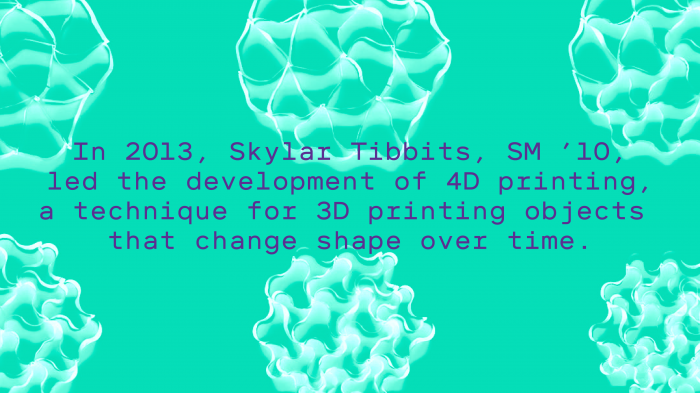

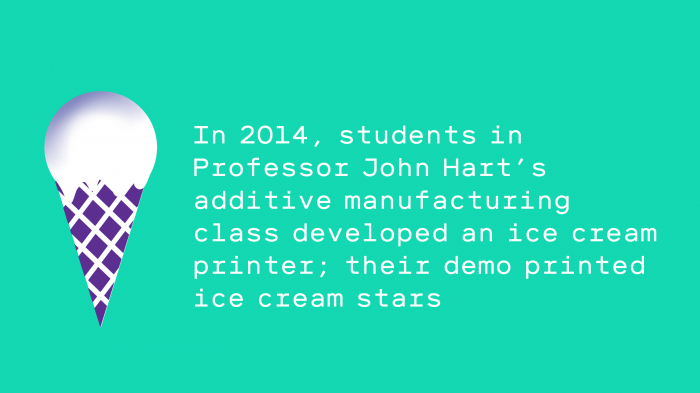
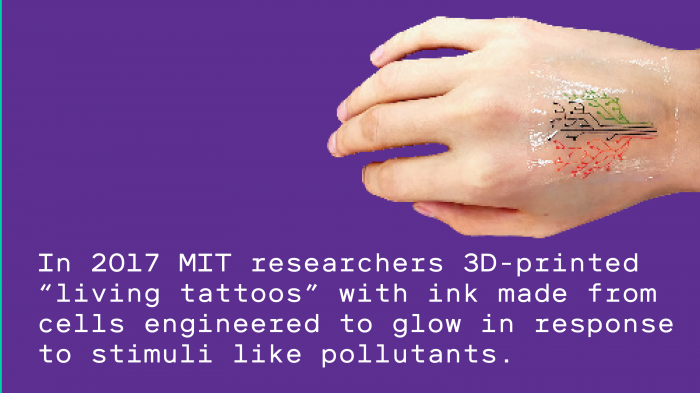
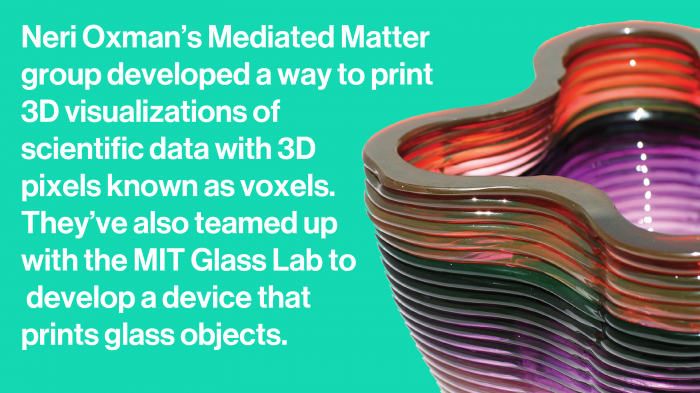
Keep Reading
Most Popular
Large language models can do jaw-dropping things. But nobody knows exactly why.
And that's a problem. Figuring it out is one of the biggest scientific puzzles of our time and a crucial step towards controlling more powerful future models.
How scientists traced a mysterious covid case back to six toilets
When wastewater surveillance turns into a hunt for a single infected individual, the ethics get tricky.
The problem with plug-in hybrids? Their drivers.
Plug-in hybrids are often sold as a transition to EVs, but new data from Europe shows we’re still underestimating the emissions they produce.
Google DeepMind’s new generative model makes Super Mario–like games from scratch
Genie learns how to control games by watching hours and hours of video. It could help train next-gen robots too.
Stay connected
Get the latest updates from
MIT Technology Review
Discover special offers, top stories, upcoming events, and more.